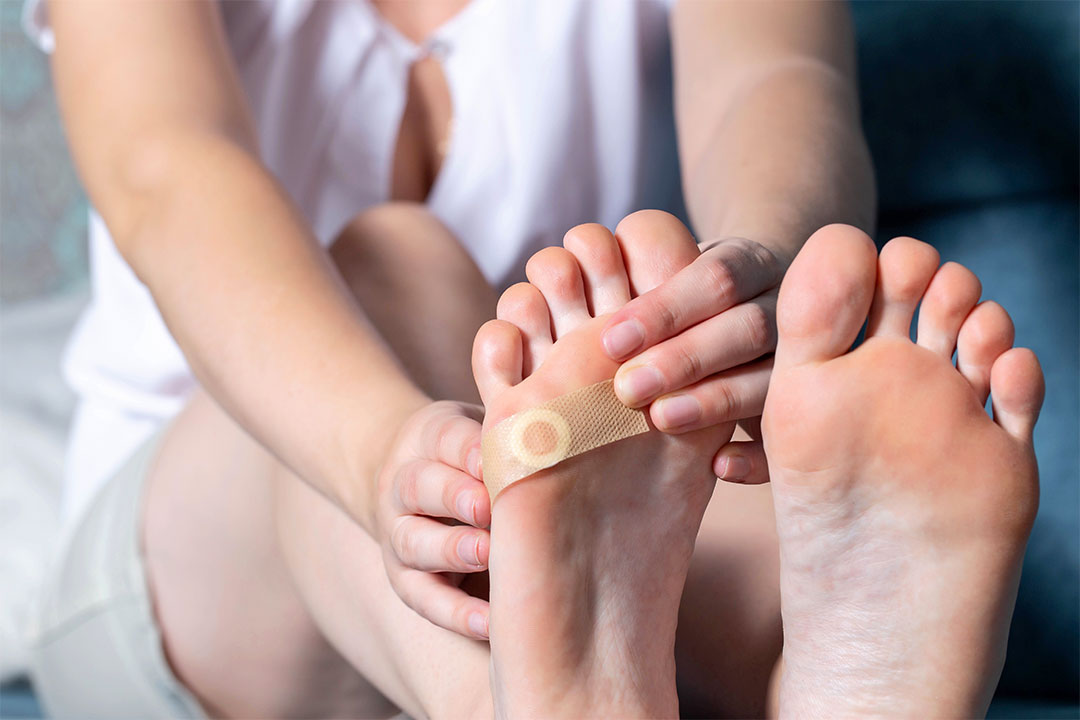Understanding Warts: What They Are and How to Treat Them
Warts are common skin growths that can appear anywhere on the body. These growths may be small, rough, large or smooth. Since warts are viral, they are contagious. The virus spreads through direct contact with infected surfaces, such as towels, or through person-to-person contact. It enters the skin through tiny cuts or abrasions, which is why warts often appear on hands and feet. Most people will experience at least one wart during their lifetime. Children and teenagers are more prone to developing warts due to their active lifestyles and less developed immune systems.
Common Types of Warts
There are several major types of warts:
- Common Warts: These typically appear on the hands and fingers but can grow anywhere on the body. The surface is generally rough and raised with a grainy texture.
- Plantar Warts: Found on the soles of the feet, these warts can be painful and are often flat and thick due to the pressure of walking.
- Flat Warts: Smaller and smoother than other types, flat warts often appear in clusters on the face, forehead, women's legs, or men's beard areas.
- Filiform Warts: These fast-growing warts have a thread-like appearance and usually grow around the mouth, eyes, nose, or on the neck.
- Periungual Warts: These grow under and around the fingernails and toenails and can affect nail growth, particularly in individuals who bite their nails.
Treatment and Prevention of Warts
Dermatologist Christina K. Anderson, MD, explains, "Warts are caused by the human papillomavirus (HPV). Although each individual responds differently to the HPV virus, it usually spreads through places where the skin is broken. Examples include scrapes, hangnails or fingernail biting wounds."
You can take steps to prevent warts:
- Don't pick at warts. When wounds are opened, the HPV virus can spread from the hands to the face and other parts of the body.
- For the same reason, avoid brushing, clipping or shaving areas that have warts.
- Warts can spread from person to person. Avoid sharing objects such as washcloths, towels and emery boards.
Many warts will disappear on their own without treatment, especially in children. However, if a wart is causing discomfort, or if you prefer to remove it sooner, several treatment options are available. Over-the-counter treatments, such as salicylic acid, work by peeling away the infected skin. This method requires patience, as it may take several weeks to see results. Another option is over-the-counter sprays that freeze the wart to kill the tissue.
For warts that are more stubborn or painful, your health care team can offer various treatments. These may include cryotherapy (freezing the wart with liquid nitrogen), electrosurgery (burning off the wart), or more advanced methods such as laser treatment or surgical removal. Dr. Anderson notes that for patients with multiple warts, or those who have warts that are difficult to treat, stronger prescription drugs or procedures may be necessary. Among these are Candida antigen injections or immune response modifying drugs.
Family Medicine provider Roxanne Schmiesing, PA-C, advises, "If a wart is in a sensitive area, such as your face or genital area, or if it's causing pain or interfering with daily activities, it's best to seek medical advice."
When to See a Health Care Professional
While warts are generally harmless, certain situations warrant professional evaluation:
- The wart or surrounding skin becomes painful, bleeds, swells or oozes pus.
- You have multiple warts, or they are multiplying rapidly.
- You have an impaired immune system or conditions such as diabetes.
If you have concerns or questions about warts, don't hesitate to contact your health care team. They can provide you with the best advice and treatment options to keep your skin healthy.
